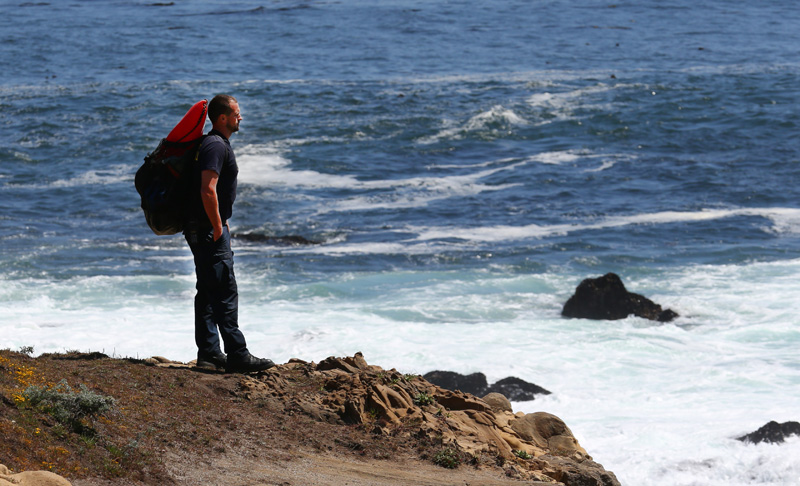By a unanimous vote of the California Fish and Game Commission, the abalone fishery on California’s North Coast will be closed next year. The decision came as the Nature Conservancy and avid divers were desperately looking for a way to save the season.
Words & Photos by Chris Constantine
California Diver Magazine
Fish and Game Commissioners made the decision Thursday in San Diego. Their decisions were based on evidence of mass starvation and mortality among red abalone over the past several years. According to several studies, over the past three years the growth of kelp — a major food source for abalone – has declined significantly, and a dramatic increase in the population of purple sea urchins have competed for the remaining kelp with the abalone.
Ongoing surveys at 10 popular diving sites on the Sonoma and Mendocino coasts suggest density has declined by an average 65 percent this year compared with years past, according to Fish and Wildlife data. An estimated 25 percent of the red abalone found in the surveyed area were starving, and between 22 percent and 67 percent of abalone in the water were found dead at the survey sites, said Sonke Mastrup, environmental program manager at the Department of Fish and Wildlife.
A “PERFECT STORM” OF EVENTS
The current collapse of abalone has been described as a “perfect storm” of environmental conditions that have taken place over the past 3-5 years. Factors included a unusual starfish wasting that disease decimated populations of starfish along the entire west coast. Starfish are a natural predator of purple sea urchins, which, left unchecked, experienced a very rapid population growth. Purple sea urchins in turn rapidly consumed kelp, which is also the food source abalone depend on.
Kelp forests are now 93 percent smaller compared to previous years, creating starvation conditions for abalone. When starving, abalone also stop reproducing, placing future populations at risk. Abalone require about 12 years to reach legal size, so every year of diminished reproduction has long-term impacts, said Sonke Mastrup, environmental program manager at the Department of Fish and Wildlife.
The season this year would have opened in April.
In 2016, the decision was made to shorten the season for 2017 by two months and bag limits were reduced from 18 to 12. But according to numerous studies, the densities of abalone continued to decline, falling below a level that triggers a closure under the Abalone Recovery Management Plan approved by the commission in 2005, according to Sonke Mastrup, environmental program manager for the Department of Fish and Wildlife.
THE “P” FACTOR
In addition to environmental factors, poachers have also taken a huge toll on abalone populations on the north coast. In 2015, recreational divers, operating within the law, took an estimated 155,000 abalone. Some have estimated that poachers exceed this same amount every year.
Illegal take of abalone is of two general types, sport-related violations and poaching for commercial purposes. The most common sport violations are the taking of over-limits and the under-reporting of catch on the abalone permit report card. The report card is used to record daily diver catch and to provide location of the catch. This information is used to estimate annual recreational catch rates.
The other category of illegal take includes the taking of abalone for commercial purposes, which is illegal in California. This includes poachers who barter or sell their “recreational” catch, and those who engage in large-scale poaching for direct sale to commercial markets. Many of the large-scale poachers are often not observed or contacted in the field. This is due to the unpredictability of how, when and where they conduct their illegal activities and the personnel needed to monitor all divers.
ECONOMIC IMPACT
A study done in 2016 by the Department of Fish and Wildlife found that there are about 31,000 active abalone divers, and that abalone tourism produces between $24 million and $44 million in revenues per year for local dive shops, restaurants, campgrounds, lodging facilities, and related businesses. With a full closure, there is no doubt it will have an impact on these north coast businesses.
Reference:
Abalone Sport Catch by Year – 2012-1015
https://nrm.dfg.ca.gov/FileHandler.ashx?DocumentID=133567

